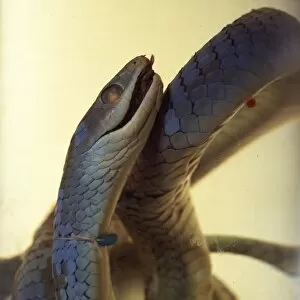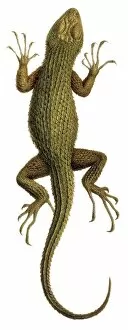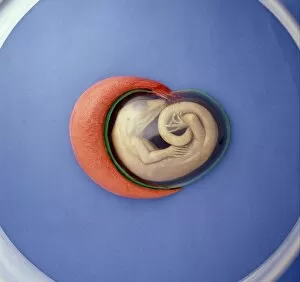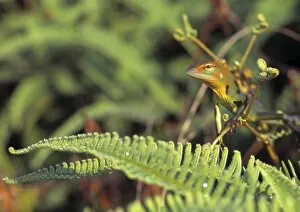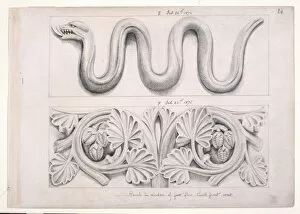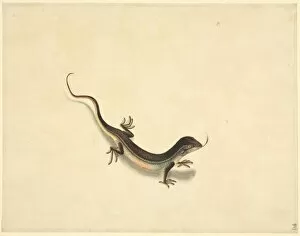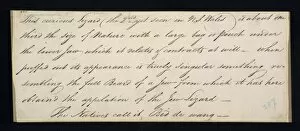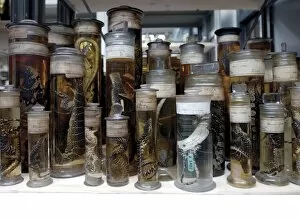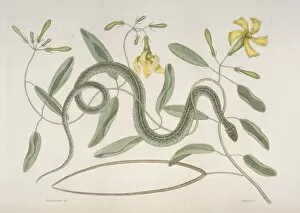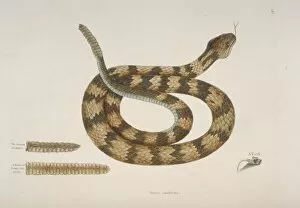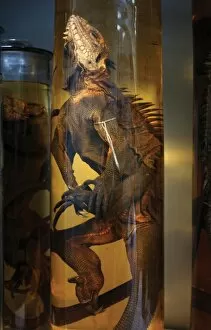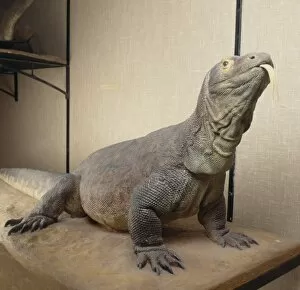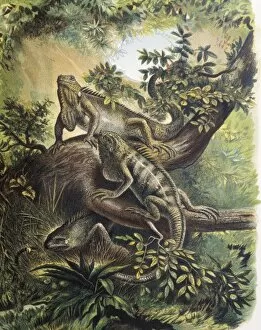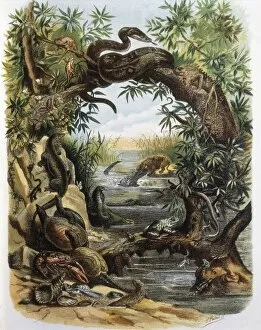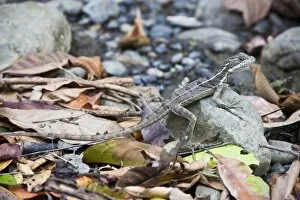Squamata Collection (page 21)
"Squamata: Exploring the Diverse World of Reptiles" Discover the fascinating world of Squamata
All Professionally Made to Order for Quick Shipping
"Squamata: Exploring the Diverse World of Reptiles" Discover the fascinating world of Squamata, a diverse group of reptiles that includes some of nature's most intriguing creatures. From the mighty Komodo Dragon (Varanus komodoensis) found in Rinca Island, within Indonesia's breathtaking Komodo National Park, to the elusive Short-nosed vine snake (Ahaetulla prasina), these reptiles captivate us with their unique characteristics. Behold the majestic flying gecko (Ptychozoon kohli), gracefully gliding through the air with its remarkable membrane-covered wings. Marvel at the spiny lizard (Sceloporus asper), adorned with sharp scales for protection and blending seamlessly into its surroundings. Delve into history and encounter ancient marine reptiles like Mosasaur: Platycarpus ictericus, reminding us of Earth's prehistoric past. Witness an incredible display of defense mechanisms as a member ejects an intruder from its territory. Experience awe-inspiring moments underwater as Marine iguanas (Amblyrhynchus cristatus) swim effortlessly around Fernandina Island in Galapagos, showcasing their adaptability to both land and sea. As day turns to dusk, admire silhouettes against vibrant sunsets - Marine iguanas casting enchanting shadows at Punta Vicente Roca. Encounter danger personified in Malaysia's King cobra (Ophiophagus hannah) poised in a striking pose while Bungarus fasciatus, also known as Banded Krait, reminds us of nature's delicate balance between beauty and venomous power. Immerse yourself in this captivating realm where John Reeves' Zoology Collection showcases Plate 102 – a testament to human fascination with Squamata throughout history. Explore their intricate biology, mesmerizing behaviors, and stunning adaptations that have allowed them to thrive in diverse habitats across the globe.

